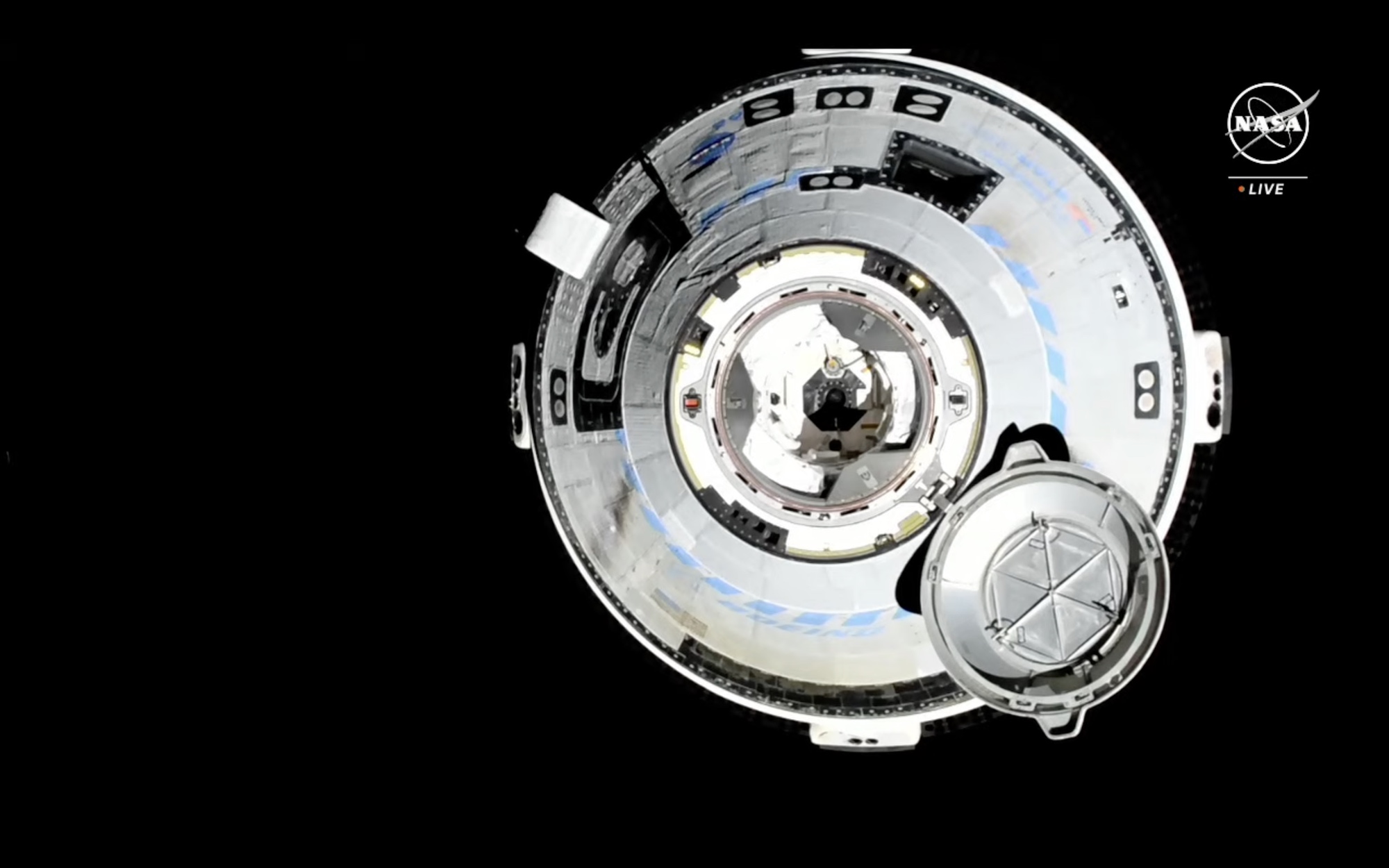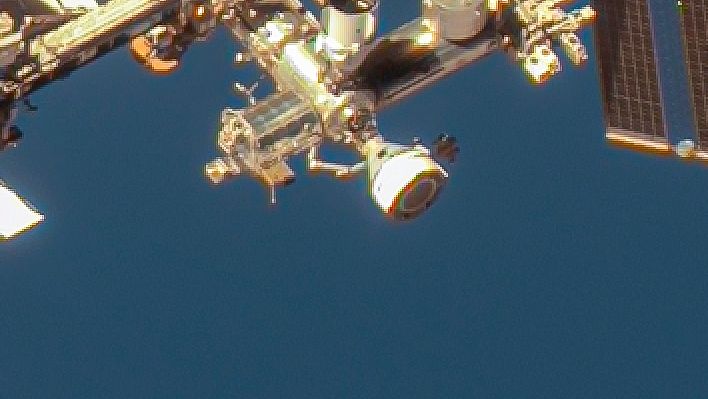
Boeing's Starliner spacecraft, which carried NASA astronauts Butch Wilmore and Suni Williams to the International Space Station (ISS) on June 6, 2024, is experiencing five small helium leaks. The leaks are similar to those discovered during the May 25 launch attempt and have not affected the spacecraft's ability to function properly. Engineers are evaluating the helium supply and leak rates and have determined that Starliner has enough helium for its return mission.
Despite these leaks, Starliner successfully docked with the ISS, marking a major milestone in Boeing's commercial crew program. The astronauts are currently conducting tests to ensure the spacecraft can support a crew and meet NASA certification requirements for regular missions to the ISS.
The mission has been extended until at least June 18 due to the need for additional testing and planning, including a brief test of aft-facing thrusters on Starliner. The astronauts were initially scheduled to return to Earth on June 14 but will now stay aboard the ISS until at least June 18.
Five thrusters malfunctioned during Starliner's approach to the station, but four were restored, allowing docking to proceed. Other work planned during the extended stay includes cabin air temperature measurements, tests of the spacecraft hatch and forward window, and a repeat of a 'safe haven' test for accommodating four people in an emergency.
NASA and Boeing are studying a reaction control system (RCS) thruster oxidizer isolation valve in Starliner's service module that is not properly closed. One of the five misbehaving thrusters was left offline for docking.
The Crew Flight Test mission is significant as it marks the first time a new American-made spacecraft has carried humans to the ISS since NASA retired its Space Shuttle program in 2011. The mission also represents a major step forward in NASA's Commercial Crew Program, which aims to reduce the agency's reliance on Russia for crew transportation to and from the ISS.






